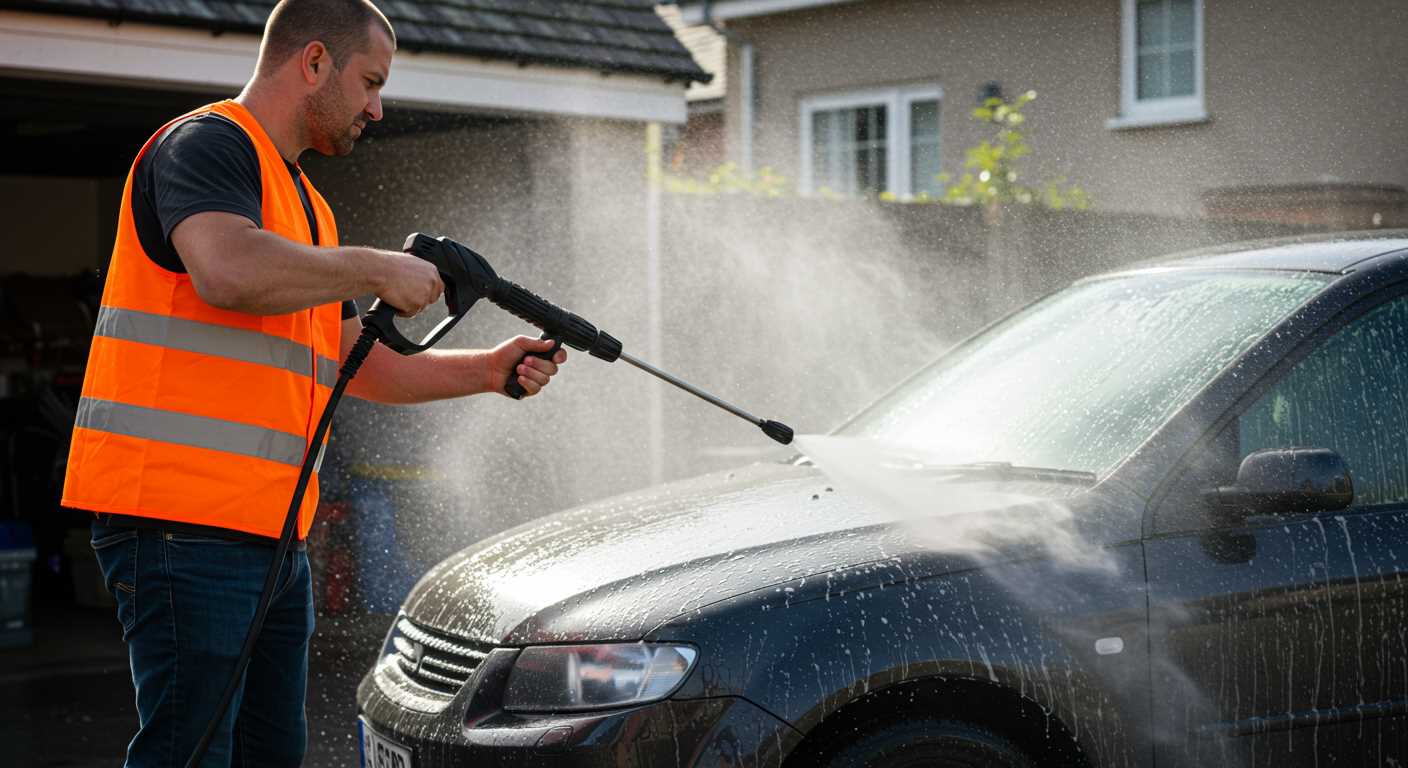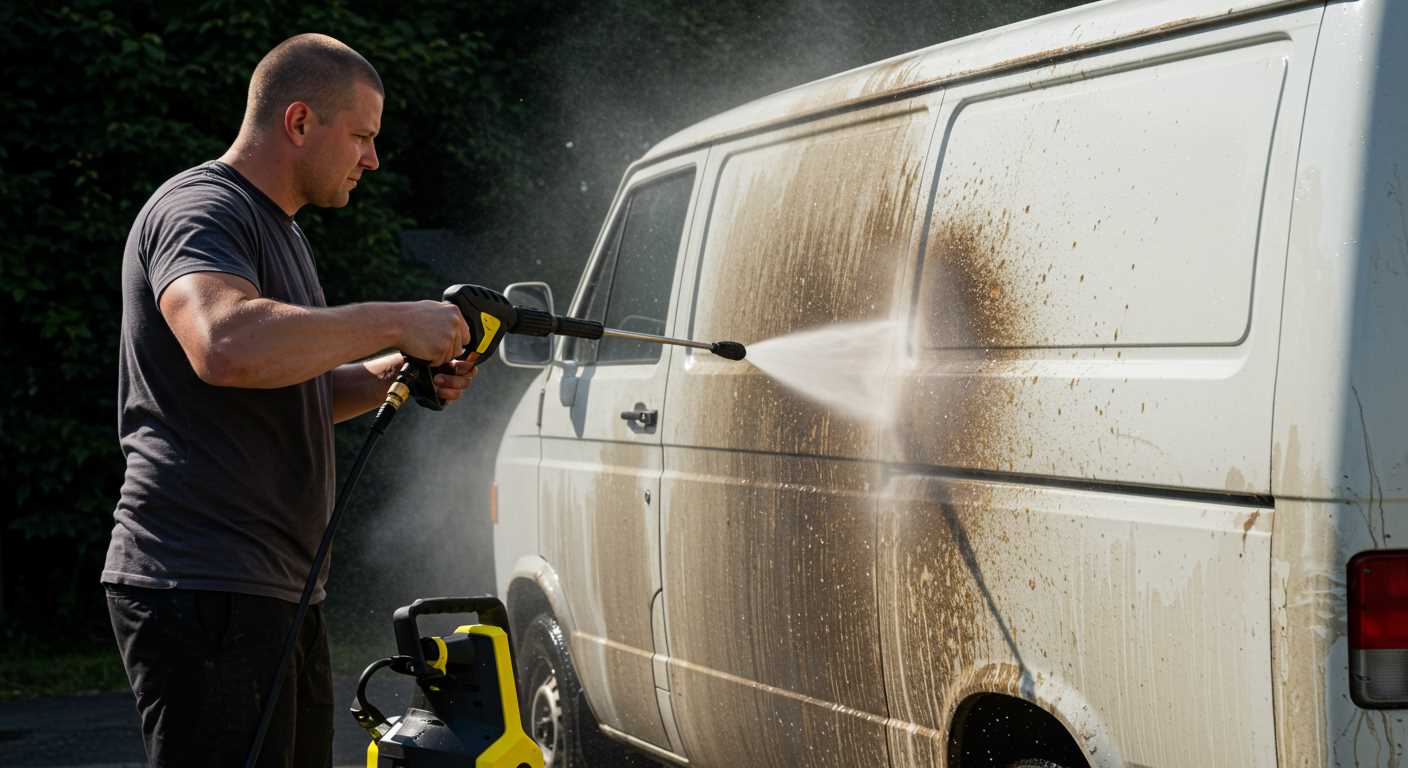

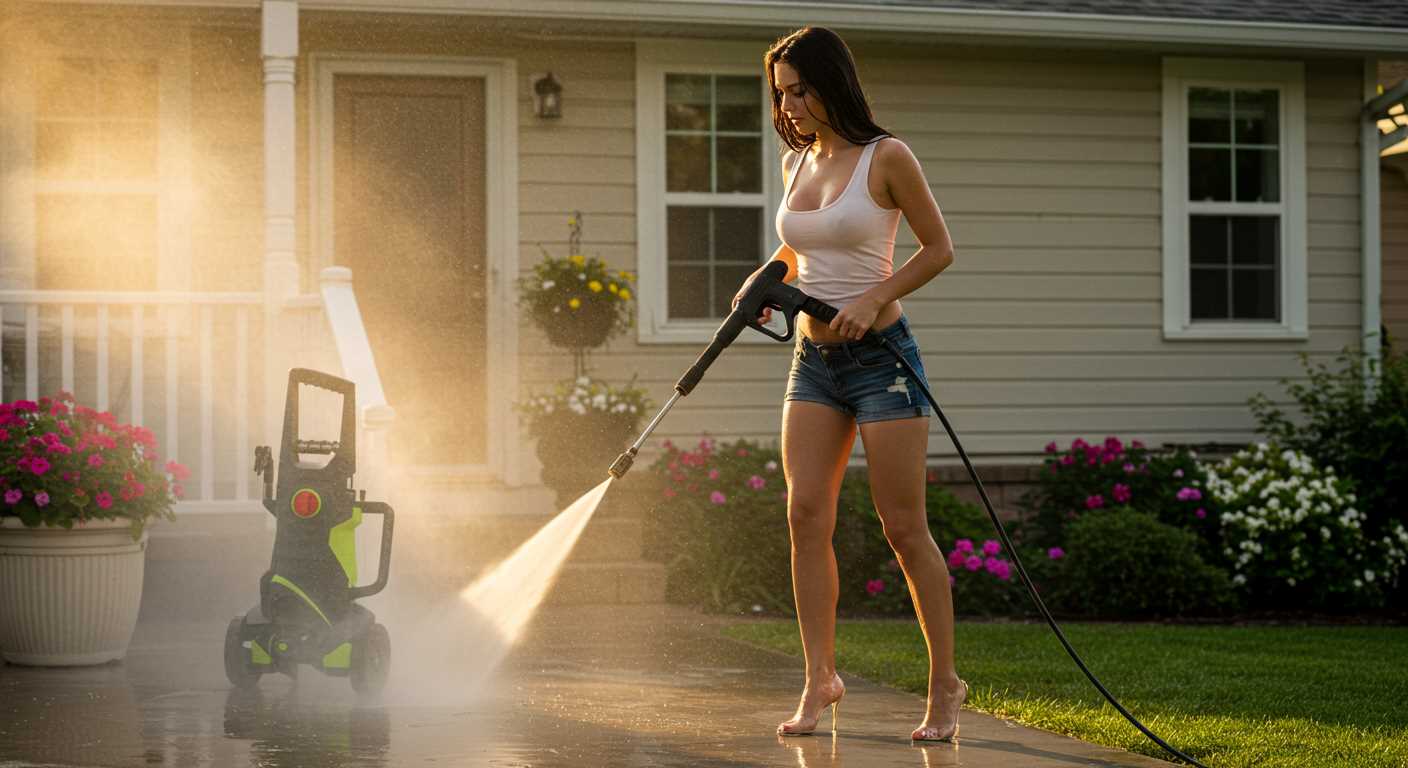
As a pressure washing enthusiast, I’ve often found myself pondering the optimal length of hose needed for various cleaning tasks. Whether you’re tackling a grimy driveway, refreshing your patio, or cleaning your vehicle, the right hose length can significantly impact your efficiency and effectiveness. In this article, I aim to share my insights on selecting the best hose length for your pressure washer, taking into account factors such as reach, flexibility, and convenience.
This article will be particularly useful for homeowners, DIYers, and professional cleaners who want to maximise the performance of their pressure washing equipment. By understanding the nuances of hose lengths, you can avoid common pitfalls and make informed decisions that enhance your cleaning experience.
I will cover the key considerations when choosing a hose length, including the typical sizes available, the advantages and disadvantages of longer versus shorter hoses, and practical tips for maintaining optimal pressure. By the end of this article, you will have a clear understanding of how to choose the right hose length to suit your specific needs, ensuring that your pressure washing tasks are completed with ease and efficiency.
Understanding Pressure Washer Hose Specifications
When selecting a pressure washer, understanding the specifications of the hose is crucial for efficient cleaning. The hose serves as the conduit between the pressure washer and the cleaning surface, influencing both the performance and the ease of use. Key specifications to consider include length, diameter, and material, each of which can significantly impact the effectiveness of your pressure washing tasks.
The length of the hose is particularly important, as it determines how far you can reach from the pressure washer to the area being cleaned. However, longer hoses can lead to a decrease in water pressure due to friction loss, so finding a balance is essential for optimal performance.
Key Hose Specifications
- Length: A longer hose provides more flexibility but may reduce pressure.
- Diameter: A wider diameter allows for greater water flow, enhancing cleaning power.
- Material: Durable materials resist kinks and wear, ensuring longevity and reliability.
When choosing a hose, consider how often you will use it and the types of surfaces you will be cleaning. For larger areas, a longer hose may be beneficial, while smaller spaces might require a more compact option. Additionally, ensure that the hose is compatible with your pressure washer to avoid any performance issues.
Factors Influencing Ideal Hose Length
The length of the hose used with a pressure washer plays a crucial role in determining its efficiency and ease of use. Several factors come into play when deciding on the optimal hose length for specific cleaning tasks. Understanding these factors can help users make informed decisions that enhance their pressure washing experience.
One of the primary considerations is the size of the area being cleaned. Larger spaces often require longer hoses to avoid constantly moving the pressure washer itself. Conversely, for smaller areas, a shorter hose may suffice, reducing the risk of tangling and making manoeuvring easier.
Key Influencing Factors
- Distance from Water Source: The proximity of the water source to the cleaning area significantly affects hose length. Longer hoses may be needed for distant sources to ensure adequate water supply.
- Type of Cleaning Task: Different tasks may require varying hose lengths. For instance, tasks involving high-pressure cleaning of vehicles might benefit from shorter hoses, while outdoor surface cleaning may necessitate longer lengths.
- Pressure Loss: Longer hoses can lead to increased pressure loss, which may reduce the effectiveness of the pressure washer. Users should consider the trade-off between hose length and pressure performance.
- Storage and Portability: Longer hoses can be cumbersome to store and transport. Users should consider how the hose length will impact the overall portability of their pressure washing setup.
By assessing these factors, users can select a hose length that meets their specific needs, ensuring optimal performance of their pressure washer while maintaining ease of use and convenience.
Comparing Short vs Long Hoses for Various Tasks
When it comes to choosing the right hose length for pressure washers, the decision often hinges on the specific tasks at hand. A short hose offers distinct advantages in terms of manoeuvrability and ease of use, while a long hose can extend your reach and provide more flexibility in larger areas. Understanding these differences can help you make an informed choice for your cleaning needs.
Short hoses, typically ranging from 10 to 25 feet, are ideal for smaller jobs or when you need to clean confined spaces such as patios, decks, or vehicles. Their compact size allows for quick setup and storage, making them perfect for those who have limited space or require fast, efficient cleaning.
On the other hand, long hoses, which can be 50 feet or more, excel in larger areas. They provide the ability to cover more ground without needing to reposition the pressure washer frequently. This is particularly beneficial for tasks such as washing driveways, large vehicles, or cleaning the exterior of a house.
Consider the following factors when choosing hose length:
- Task Size: Assess the area you need to clean. Larger spaces often demand longer hoses.
- Mobility: Short hoses facilitate easier movement and quicker transitions between tasks.
- Storage: Short hoses are easier to store and manage, especially in smaller workspaces.
- Water Pressure: Longer hoses can lead to a drop in water pressure, which may affect cleaning efficiency.
Ultimately, the choice between short and long hoses depends on the specific requirements of your cleaning tasks. Knowing the pros and cons of each can help you select the most effective hose length for your pressure washer, ensuring optimal performance and convenience.
Optimal Hose Length for Residential Cleaning Projects
When it comes to residential cleaning projects, the length of the hose used with a pressure washer can significantly impact efficiency and effectiveness. Choosing the right hose length can enhance mobility, reduce time spent moving equipment, and ensure thorough cleaning of various surfaces around the home.
A hose that is too short can limit your reach, forcing you to constantly reposition the pressure washer or use extension cords, which can be cumbersome. On the other hand, a hose that is excessively long may lead to decreased water pressure and flow rate, rendering the cleaning process less effective. Therefore, understanding the ideal hose length for your specific needs is crucial.
Considerations for Hose Length
When determining the optimal hose length, several factors should be taken into account:
- Project Scope: Assess the areas you plan to clean. Larger spaces, such as driveways or patios, may require longer hoses to avoid moving the pressure washer frequently.
- Water Pressure: Longer hoses may result in a drop in water pressure. Ensure that the length does not compromise the cleaning power needed for effective results.
- Storage and Handling: Consider how you will store the hose. A longer hose may be more challenging to manage and store properly.
As a general guideline, a hose length of 25 to 50 feet is often suitable for most residential cleaning tasks. This range typically provides a good balance between reach and pressure maintenance, making it easier to clean large areas without excessive strain or loss of efficiency.
Ultimately, the choice of hose length should cater to your individual cleaning requirements while ensuring that you maintain effective pressure and flow rate throughout your cleaning tasks.
Professional Applications: When Longer Hoses Are Necessary
In various professional applications, the length of the hose used with pressure washers plays a critical role in efficiency and productivity. Longer hoses allow professionals to access hard-to-reach areas without needing to move the pressure washer itself, which can save valuable time and effort. This is particularly important in large commercial settings, such as warehouses or outdoor facilities, where mobility can be limited.
Moreover, in certain industries, such as automotive detailing or construction, longer hoses can enhance safety by reducing the need for operators to work in potentially hazardous areas. This separation allows for a more controlled cleaning environment, minimising the risk of slips, trips, and falls while using powerful equipment.
Benefits of Longer Hoses in Professional Settings
- Increased Reach: Professionals can clean larger areas without repositioning the equipment.
- Improved Safety: Reduces the need to work in dangerous or confined spaces.
- Enhanced Efficiency: Allows for quicker completion of cleaning tasks, maximizing productivity.
- Versatility: Longer hoses can be beneficial in various applications, from commercial cleaning to vehicle maintenance.
Overall, the choice of hose length is a crucial decision for professionals who rely on pressure washers to deliver effective results. By selecting the appropriate length, they can optimise their workflow, enhance safety, and ultimately improve the quality of their work.
Maintenance Tips for Different Hose Lengths
Maintaining your pressure washer hose is crucial for ensuring optimal performance and longevity. The length of the hose can affect not only the efficiency of your cleaning tasks but also the care required to keep it in good working condition. Here, we will explore maintenance tips tailored for different hose lengths.
Shorter hoses are generally easier to manage and less prone to kinks, while longer hoses may offer more flexibility but require more attention to prevent wear and tear. Understanding how to maintain each type will help you get the most out of your pressure washer.
General Maintenance Tips
- Inspection: Regularly check your hose for any signs of damage, such as cracks or leaks. This is essential for both short and long hoses.
- Cleaning: After each use, rinse the hose to remove any dirt or chemicals that may cause degradation over time.
- Storage: Store your hose properly to avoid kinks and twists. For shorter hoses, a simple reel may suffice, while longer hoses may require more elaborate storage solutions.
Specific Tips for Short Hoses
- Less Strain: Since short hoses experience less stress, ensure they are not tightly coiled when in use to prevent any unnecessary pressure.
- Frequent Use: If used regularly, clean and inspect them more often to catch minor issues before they escalate.
Specific Tips for Long Hoses
- Preventing Kinks: Always uncoil the hose completely before use to prevent kinks that can lead to reduced pressure and flow.
- Regular Checks: Longer hoses are more susceptible to wear; inspect them regularly for abrasions or fraying.
In conclusion, maintaining your pressure washer hose is vital regardless of its length. By following these tailored tips, you can ensure your equipment remains in excellent condition, enhancing your cleaning efficiency and extending the lifespan of your investment. Whether you have a short or long hose, consistent care will provide the best performance during every cleaning task.
Top 10 Best Hose Length For Pressure Washer


Best Hose Length For Pressure Washer
Features
| Color | Gray |
| Size | 35' |
Features
| Model | EZ-FLUID_MODEL_NUMBER |
| Color | Copper |
| Size | 0.75 Inch |
Video:
FAQ:
What is the ideal hose length for a pressure washer?
The ideal hose length for a pressure washer typically ranges from 25 to 50 feet. A 25-foot hose is sufficient for smaller tasks around the home, while a 50-foot hose provides more flexibility for larger areas or commercial use. Choosing the right length depends on the size of the area you need to clean and how far your water source is from your work area.
Can I use a longer hose with my pressure washer?
Yes, you can use a longer hose with your pressure washer, but it is important to consider the potential effects. Longer hoses can result in a drop in water pressure and flow rate, which may reduce cleaning efficiency. If you opt for a longer hose, make sure it is compatible with your pressure washer and designed to handle the required pressure to avoid damage.
Are there any disadvantages to using a shorter hose?
Using a shorter hose can limit your reach, making it more challenging to clean large areas without moving the pressure washer frequently. This can be inconvenient and time-consuming. However, a shorter hose may provide better pressure and flow rate, making it more effective for smaller jobs. Ultimately, the choice depends on the specific cleaning tasks you have in mind.
What factors should I consider when choosing hose length for a pressure washer?
When selecting the hose length, you should consider the size of the area you need to clean, the distance from your water source, and the type of cleaning tasks you’ll be performing. Additionally, think about the storage space you have available for the hose and whether you prefer the convenience of a longer hose or the efficiency of a shorter one. Also, check the compatibility with your pressure washer model to ensure optimal performance.
Is there a standard hose diameter for pressure washers?
The standard hose diameter for pressure washers is typically 1/4 inch for residential models. However, some commercial or industrial models may use hoses with a diameter of 3/8 inch. The diameter affects the flow rate and pressure, so it’s important to choose the right size for your specific pressure washer to ensure optimal performance and avoid any potential issues.
What is the ideal hose length for a pressure washer?
The ideal hose length for a pressure washer typically ranges from 25 to 100 feet. The choice depends on the size of the area you plan to clean. For smaller spaces, a 25 to 50-foot hose is often sufficient, allowing for easy manoeuvrability. However, if you need to reach further distances, such as large driveways or exterior walls, a 100-foot hose can provide the necessary reach without requiring you to move the pressure washer frequently. It’s important to consider that longer hoses may result in a slight decrease in pressure due to friction, so balance is key when selecting the right length.

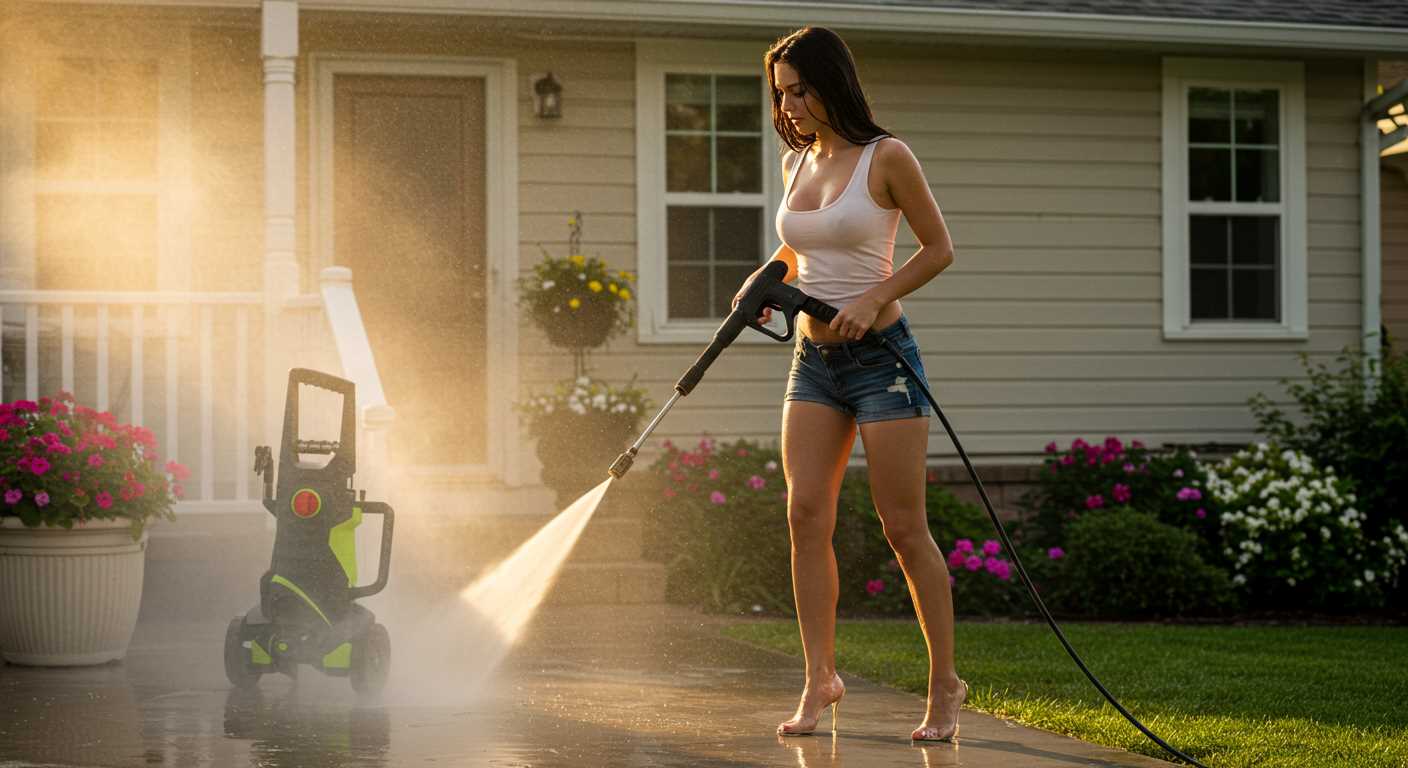
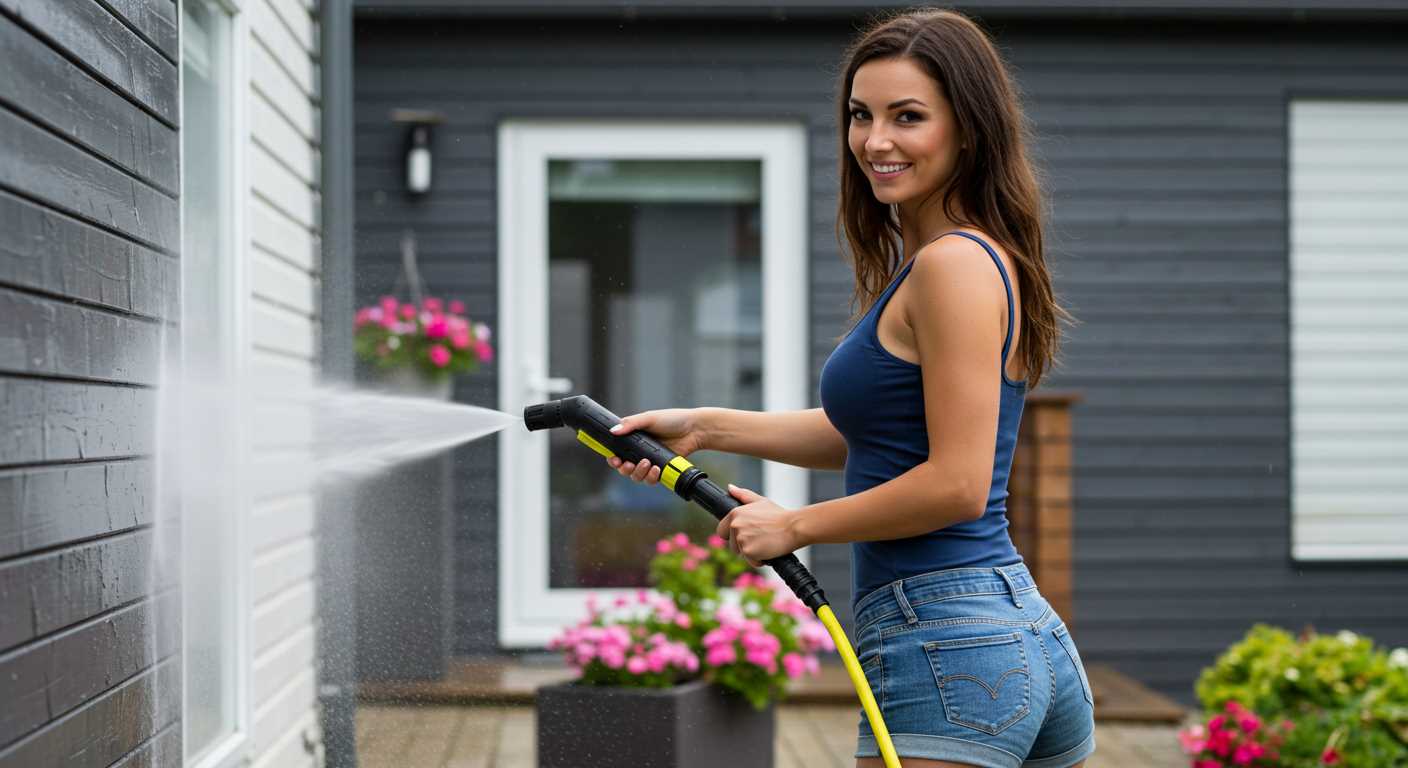

.jpg)
